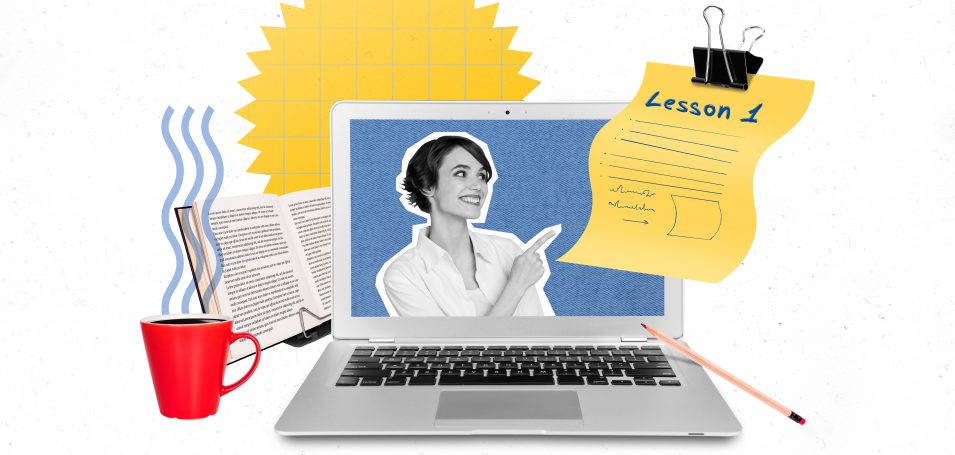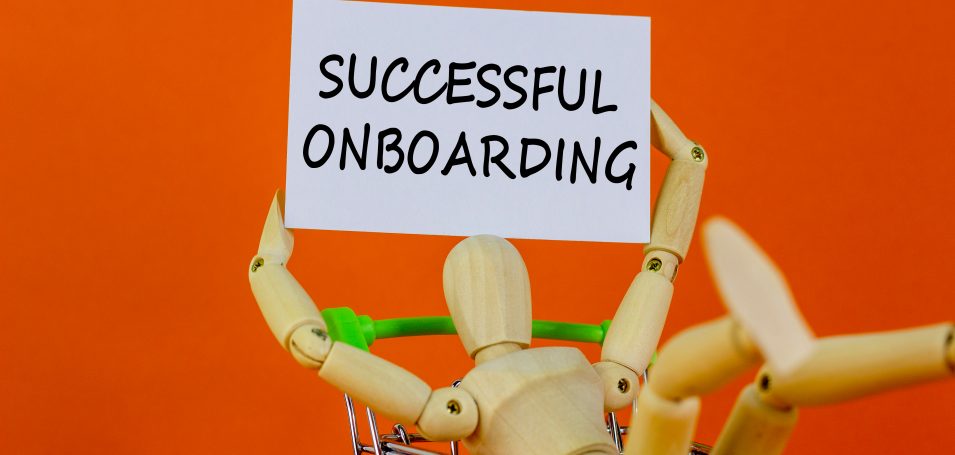Extending Our Research: The Customer Learning Maturity Model
Building an exceptional customer learning program doesn’t come naturally to many organizations. Learning teams often find themselves challenged to “make do with less” while driving innovation and serving as evangelists for their value… all without a tried-and-true roadmap for success.
So, it didn’t surprise us that our 2021 State of Customer Education Report found that despite making significant investments, 68% of customer learning leaders still consider their program underperforming relative to their learners’ needs. To better understand that gap, we conducted 50+ research interviews with industry experts and customer learning teams, and mapped what we found in our maturity model for customer learning.
Since releasing our customer learning maturity model, we’ve frequently heard from leaders that they’re working to realize benefits at multiple stages simultaneously, but are unsure which initiatives will make the biggest impact on their programs, and are concerned about what they may be overlooking.
That’s why our latest round of research sought to uncover the practical levers and dials that leaders can use to grow their program to the highest levels of maturity. Our hope is that these key components of program maturity will serve as useful focus points as you plan, prioritize, and accelerate the growth and impact of your own program.
Master the 8 Components of Customer Learning
We found that underpinning all stages of maturity are 8 components of customer learning. As programs gained competence and mastery in these components, their impact on their customers, and their business, increased dramatically. While some focused tightly on just two or three components and made quick strides in the early days of their growth, those same programs tended to plateau at lower levels of impact down the road.
As you review the components below, do a quick cross check: which have a strong strategy in place today, and which may be opportunities for more thinking and investment?
- Advocacy: How you (or others) demonstrate the value of your program… and secure resources and support in return.
- Discovery: Your team’s strategy to identify and prioritize future content needs: knowing what to build first, second, and third, who to build it for, and how to design it.
- Profitability: How learning generates “return on learning,” through profit, impact, or both.
- Engagement: Ensuring the right learning reaches the right users at the right time, helping customers realize the maximum value of your offerings.
- Capacity: The process your team uses to build learning content at scale, maintaining both efficiency and high quality.
- Measurement: Both the metrics that quantify overall impact of your program, and the methods used to calculate those KPIs.
- Technology: The tools, platforms, and systems that enable you to run a scalable, personalized program and optimize it over time.
- Team: How the learning function orchestrates and deploys different skills at critical moments – whether with dedicated FTEs or “borrowed” support.
Download Now: The 8 Components of Successful Customer Learning
Before you race toward the finish line in any one component, we recommend you ask yourself: Where is your program’s foundation weakest right now? Where are you not yet reaching “table stakes”?
Stay Tuned for More Details on Customer Learning Maturity
While we hope thinking through your current mastery of these 8 components is a useful step toward evolving the impact of your customer learning program, more support is on the way from our research team. In the coming months, we’ll release a comprehensive assessment to help pinpoint how your program compares to our research cohort on each of the eight components, as well as identify high-impact steps forward, tailored for you.
And, we’ll soon publish deeper guidance and tools to help expedite the journey from “table stakes” to “best-in-class” – watch our blog for details.
In the meantime, keep in touch! To stay up to date on our latest offerings, scroll to the bottom of this page to subscribe to regular updates. Or, to speak with one of our experts, send us a note at hello@thoughtindustries.com.



